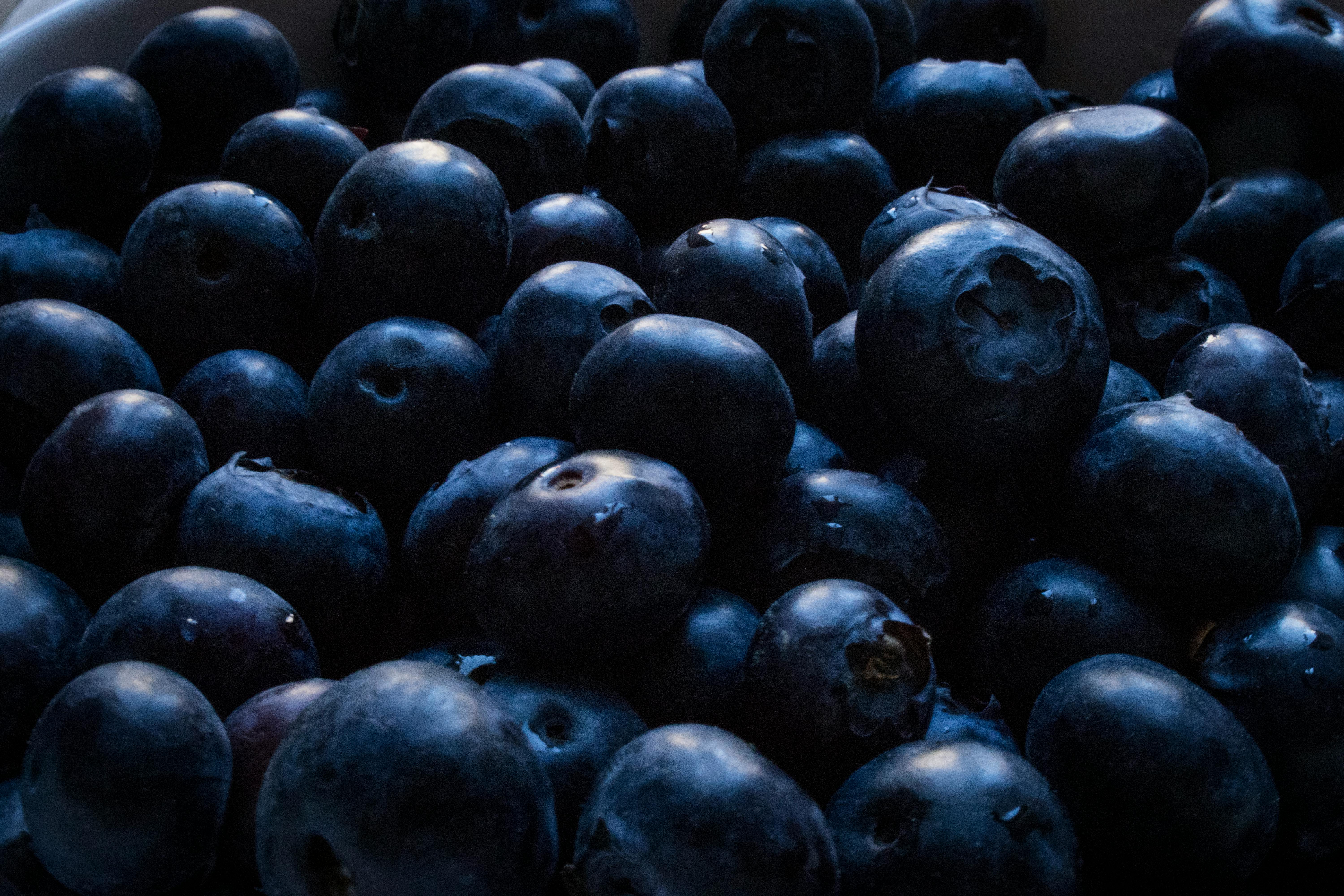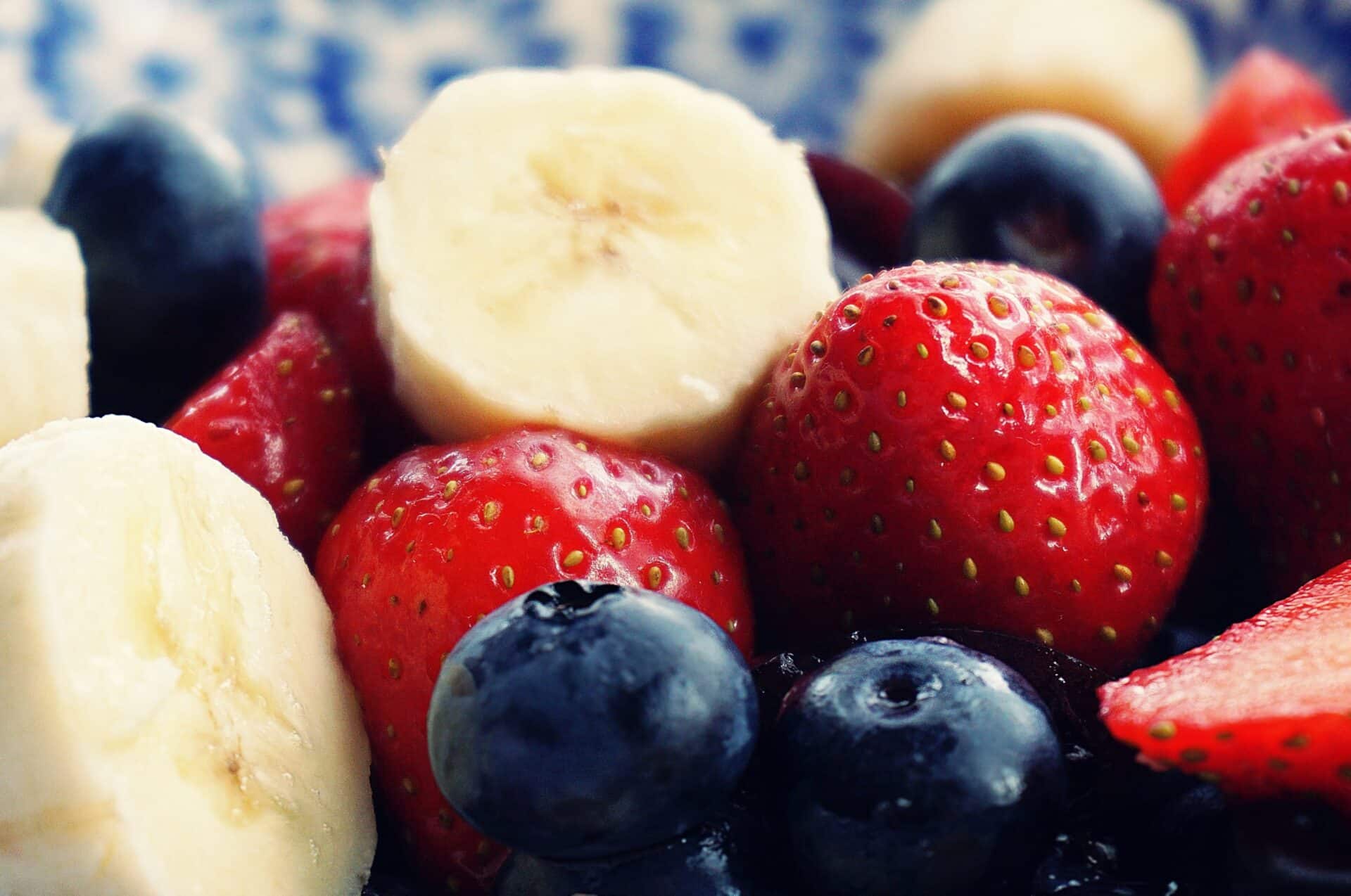Florida is a great place to grow blueberries. With its warm temperatures and abundance of sunshine, the state offers an ideal environment for cultivating these delicious fruits. Blueberries are easy to grow and require little maintenance once established, making them an attractive choice for home gardeners in Florida. In this article, we will discuss how to successfully grow blueberries in Florida and provide helpful tips for keeping your crop healthy and productive.Blueberries can be planted in the sunny regions of Florida, such as the central and northern parts. Blueberry plants prefer well-drained soils with an acidic pH range of 4.0 to 5.5. Plant blueberry shrubs at least two feet apart, and consider using mulch to retain moisture in the soil. If planting in a container, use a high-quality soil mix designed for acid-loving plants and make sure to provide adequate drainage. Additionally, blueberries require full sun for most of the day, so pick a spot that gets at least 6 hours of direct sunlight each day for best results.
Best Soil for Growing Blueberries in Florida
Growing blueberries in Florida can be a great way to enjoy the sweet and tart taste of fresh, homegrown berries. However, to get the most from your blueberry plants, you need to make sure you provide them with the right soil. The best soil for growing blueberries in Florida is one that is acidic, drains well and is rich in organic matter.
The ideal soil pH for growing blueberries should be between 4.5 and 5.5. This acidic level helps the plants absorb important nutrients from the soil. If your soil has a higher pH than this, you can lower it by adding sulfur or sphagnum peat moss to it. You may also need to add lime if your soil is too acidic.
When selecting a location for your blueberry plants, make sure that the area has good drainage so that the roots of your plants don’t become waterlogged or suffer from root rot. The best way to achieve good drainage is by adding organic matter such as compost or leaf mold to the soil when planting your blueberry bushes.
Organic matter helps improve drainage, retain moisture and provide essential nutrients for plant growth. Choose an organic material such as composted manure or aged wood chips for your blueberry beds and work it into the top 6-8 inches of soil before planting your bushes.
When choosing a fertilizer, make sure it’s designed specifically for acid-loving plants like blueberries; avoid general-purpose fertilizers as these won’t provide enough acidity for optimal growth. A slow-release fertilizer with an N-P-K ratio of 6-4-8 works best as this helps promote healthy growth while avoiding nutrient overload and potential burn damage on young plants.
By following these tips, you can ensure that you have the best possible soil conditions for growing delicious blueberries in Florida!
Ideal Climate Conditions for Growing Blueberries in Florida
Blueberry plants require specific climatic conditions to thrive and produce high-quality fruit. The ideal climate for blueberries in Florida is one with warm, humid summers and cool winters. In the summer months, temperatures should remain between 75°F and 85°F. During the winter months, temperatures should stay between 35°F and 45°F.
Blueberry plants also require plenty of rainfall throughout the year. An average of 50 inches of rain per year is ideal for blueberry plants to thrive in Florida. In areas that receive less than this amount of rainfall, supplemental irrigation may be necessary during dry spells.
The best soil type for blueberries in Florida is a well-draining sandy loam or sandy clay loam soil. The soil should have a pH between 4.5 and 5.2, as blueberries prefer acidic soil conditions. If needed, adjustments can be made to the pH level of the soil with lime or sulfur to ensure optimal growing conditions for blueberries in Florida.
Another important factor to consider when growing blueberries in Florida is wind protection. Blueberries are fragile plants that can easily be damaged by strong winds if not properly protected. Planting hedgerows or windbreaks around the blueberry patch can help protect the plants from heavy winds during storms or periods of high wind activity.
Overall, growing blueberries in Florida requires specific climatic conditions and careful management of soils and irrigation to ensure a successful crop each year. With proper care and attention to detail, growers can enjoy a bountiful harvest of juicy, sweet berries each season!
When to Plant Blueberries in Florida
In Florida, blueberries can be planted at any time of the year. However, the best time for planting blueberries in Florida is during the cooler seasons of late winter and early spring. This allows for the blueberries to establish a strong root system before summer’s heat sets in. Blueberry bushes should be planted in a location that receives full sun and has well-drained soil with a pH between 4.5 and 5.5.
Before planting, be sure to purchase certified disease-free plants and amend the soil with organic material such as compost or aged manure at least one month prior to planting. If possible, dig holes twice as wide and twice as deep as the container from which your blueberry bush is purchased. Planting fertilizer is also recommended at this time for optimum growth and health of your plants.
Once planted, water frequently to ensure that your blueberry bushes remain moist but not soggy throughout their growth period. Pruning should also be done once or twice a year in order to maintain the size of your shrubs and encourage new fruiting wood growth. With proper care, you can expect a harvest of delicious fruit within two years of planting.
Fertilizing and Watering Blueberries in Florida
Fertilizing and watering blueberries in Florida is essential for healthy, productive plants. Blueberries prefer an acidic soil, with a pH of 4.0 to 5.5, and require regular fertilization to remain productive. It is important to use a fertilizer specifically formulated for acid-loving plants. Fertilizers should be applied in early spring before new growth begins and again six weeks later. For established plants, fertilizers should also be applied every three months during the growing season, but not during the winter months.
Watering is also an important part of blueberry care in Florida. Blueberries require at least one inch of water per week, either from rainfall or irrigation. Established plants should be watered deeply once a week when there is no rain, while newly planted bushes need to be watered more frequently, usually every two to three days until they are established. During dry periods or periods of high temperatures, more frequent watering may be necessary. It is important to make sure the soil remains moist but not soggy; too much water can lead to root rot and other diseases.

Pruning and Training Blueberry Bushes in Florida
Pruning and training blueberry bushes is an important part of cultivating a successful patch of blueberries in Florida. Pruning helps to keep the plants healthy and productive, while training helps to create a strong, well-supported structure that can handle the weight of the fruit. Proper pruning and training techniques will help ensure the best possible yield from your blueberry bushes.
When pruning your blueberry bushes, it is important to remove any dead or diseased wood, as well as any branches that are growing at an unnatural angle. This will help to keep the plant healthy and free from disease. Additionally, pruning encourages new growth which will result in more flowers and berries. Prune your blueberry bushes once in late winter, before new growth begins in spring.
Training your blueberry bushes is also important for creating a strong structure that can handle the weight of fruit. The best way to train your plants is by using trellises or stakes to provide support for heavy branches. When training young plants, it is important to choose a method that allows for easy adjustment as the plant grows and matures; this will help ensure that you get maximum yields from your crop.
Pruning and training are essential steps for cultivating a successful patch of blueberries in Florida. With proper care, you can ensure that your plants stay healthy and productive while producing high yields of delicious fruit each season!
Harvesting Blueberries
Harvesting blueberries from your Florida garden can be a rewarding experience. Blueberries are best harvested when they are fully ripe and deep blue in color. For best results, pick them off the bush one at a time with your fingers or pruning shears, taking care not to damage any of the other berries or branches of the plant. When you’re finished harvesting, it’s important to rinse and dry the berries before storing them.
Storing Blueberries
Once you have harvested your blueberries, you will need to store them properly in order to keep them fresh. The best way to store fresh blueberries is in an airtight container in the refrigerator. It is important to keep the berries from touching each other as much as possible, as this can cause them to spoil more quickly. If you are not planning on eating all of your blueberries within a few days, you can also freeze them for use later on. Place your rinsed and dried blueberries onto a baking sheet lined with parchment paper and place into the freezer for about two hours before transferring them into an airtight container or freezer bag. This will help prevent them from sticking together when they are frozen.
Common Pests and Diseases of Blueberry Plants in Florida
Blueberry plants are an excellent addition to any landscape in Florida. Unfortunately, they can be subject to a variety of pests and diseases. Common pests such as Japanese beetles, root weevils, aphids, and scale insects can all cause damage to blueberry plants. Additionally, fungal diseases such as mummy berry disease and powdery mildew can cause issues for blueberries as well. To combat these threats, it is important to inspect your blueberry plants regularly for signs of infestation or disease.
Early detection of pests and diseases is key to preventing major damage to your blueberry plants. If you notice any signs of infestation or disease on your blueberries, take action immediately by applying an appropriate insecticide or fungicide. Additionally, make sure to keep the area around your blueberries free from weeds and debris which can attract pests. Proper pruning and mulching techniques can also help protect your blueberries from common pests and diseases.
Finally, it is important to be mindful of the environment when using chemicals on your blueberry plants. Before using any type of pesticide or fungicide, make sure you read the label carefully to ensure proper application and safety precautions are taken. With proper monitoring and treatment, you can protect your blueberry plants from common pests and diseases in Florida.

Conclusion
Yes, you can grow blueberries in Florida. The warm climate of the state provides the ideal conditions for blueberry plants to thrive. Blueberries are easy to care for and can produce an abundant crop of delicious berries. They are a great addition to any garden or landscape and provide a nutritious and tasty snack. With proper care, Florida gardeners can enjoy these sweet berries for years to come.
In order to plant and grow blueberries successfully in Florida, it is important to choose the right variety for your area. Also, be sure to provide them with adequate sunlight, water, and nutrients so they will thrive. With some effort and dedication, you can have a productive blueberry bush full of delicious fruit in no time!
Growing blueberries in Florida can be an enjoyable and rewarding experience. Not only do they provide a tasty snack but also add beauty and interest to your garden or landscape. For those who live in the warm climate of this state, growing blueberries is definitely worth the effort!



